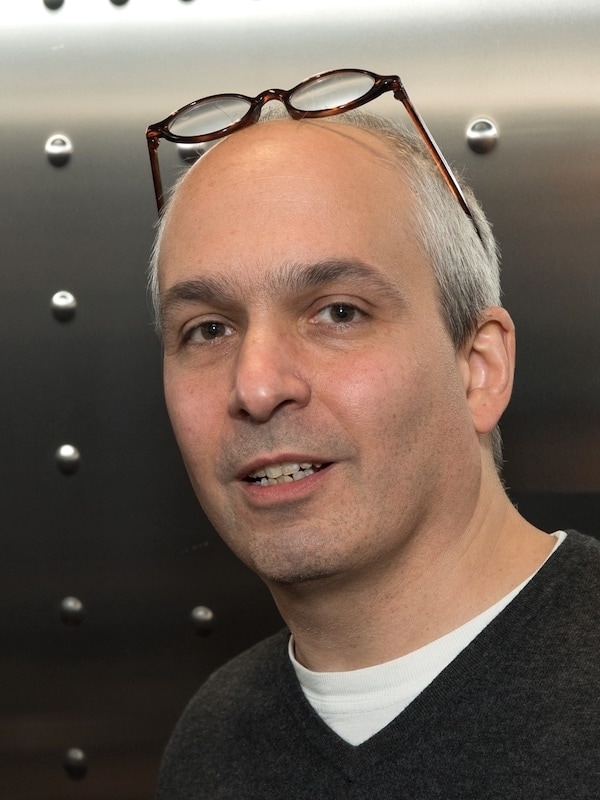David Rudner

Institution
- Harvard Medical School, Department of Microbiology
PhD Program Affiliations
- Biological and Biomedical Sciences
Research Description
Work in my lab is focused on understanding fundamental problems in bacterial differentiation including cell-cell signaling, determinants of subcellular protein localization, and chromosome remodeling and segregation. We utilize a combination of genetic, molecular genetic, fluorescent imaging, and biochemical approaches to study the developmental process of spore formation in the bacterium Bacillus subtilis.
In response to starvation, B. subtilis differentiates into a dormant stress-resistant cell-type known as a spore. Cells initiate spore formation with an asymmetric cell division that generates a large cell (the mother cell) and a small cell (the prospective spore or forespore). Initially these two cells lie side-by-side but later in development the mother cell engulfs the forespore in a phagocytic-like process to produce a cell-within-a-cell. The mother then nurtures the forespore as it prepares for dormancy. Once the spore is fully mature, the mother cell lyses. We use this elegant morphological process to address basic questions in bacterial differentiation.
Cell-cell communication: The mother cell and forespore communicate with each other throughout the process of sporulation to ensure that gene expression in each cell remains jointly in register. In particular, after engulfment is complete a signal transduction pathway emanating from the forespore triggers the proteolytic activation of a membrane-associated transcription factor in the mother cell. A membrane-embedded metalloprotease cleaves the transcription factor releasing it into the cytosol. We are characterizing how this protease acts within the membrane, how it is held inactive prior to forespore signaling and how the signaling molecule triggers proteolytic activation.
Determinants of subcellular protein localization in bacteria: The recent development of fluorescent imaging techniques in prokaryotes has revealed an exciting degree of spatial organization of proteins within the bacterial cell. For example, the membrane-embedded protease described above localizes with exquisite specificity to a particular patch on the mother-cell membrane. We are using this protease as a guide to understand how proteins localize and what anchors them at particular subcellular addresses.
Chromosome remodeling and segregation: During the process of sporulation the replicated chromosomes adopt an elongated structure prior to cell division. The asymmetric division plane bisects the forespore chromosome and a DNA translocase is required to pump the remaining portion into the forespore compartment. Thus, in this unusual cell-cycle, cytokinesis precedes DNA segregation. We are characterizing the proteins involved in remodeling and translocating the chromosome during sporulation.